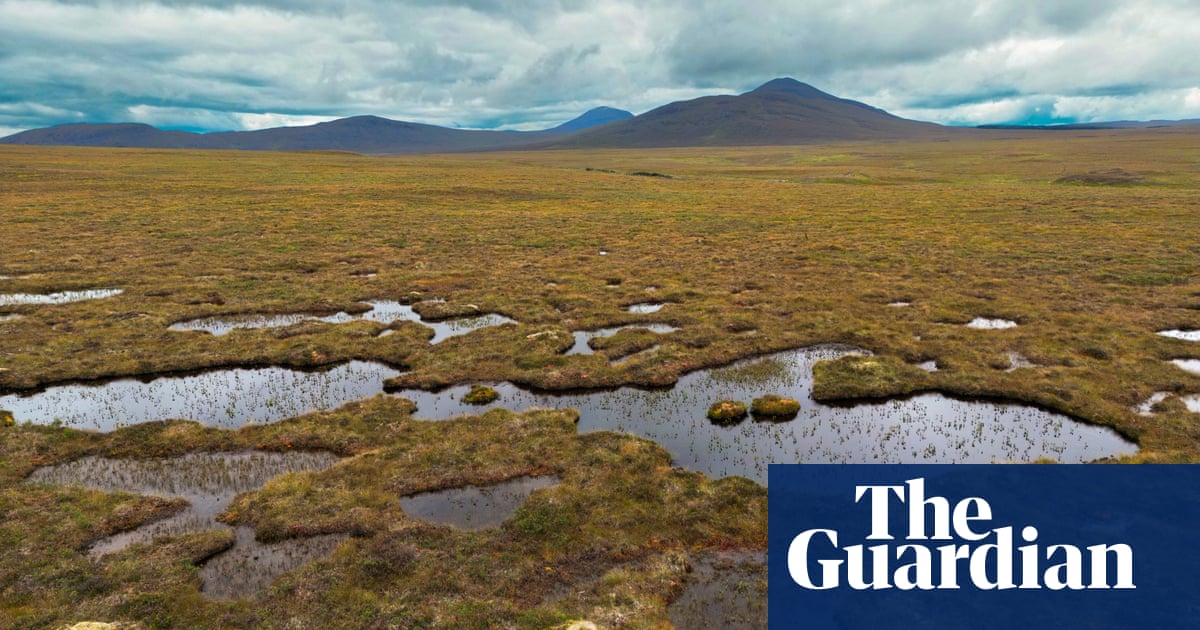
— New Zealand pledged on Sunday to reduce its net greenhouse gas emissions by 50% by 2030, toughening at the start of the United Nations COP26 climate conference its previous ambitions to limit global warming.
Leaders of the 20 richest countries are expected to acknowledge the existential threat of climate change and take steps to limit global warming at the COP26 summit starting on Sunday evening in Glasgow, Scotland.
"While we are a small contributor to global emissions, as a country surrounded by oceans and an economy reliant on our land we are not immune to the impact of climate change, so it"s critical we pull our weight," Prime Minister Jacinda Ardern said in a statement, according to Reuters.
Ardern and Climate Change Minister James Shaw said in their joint statement that the previous target was not consistent with global efforts to limit global warming to 1.5 Celsius (2.7 Fahrenheit) above pre industrial levels.
New Zealand"s previous target was to bring emissions to 30% below 2005 levels by 2030.
The 2015 Paris Agreement committed signatories to keeping global warming to "well below" 2 degrees above pre-industrial levels, and preferably to 1.5 degrees, but carbon levels in the atmosphere have since grown.
"This decade is make or break for the planet," Shaw said in the statement. "To stand a chance of limiting global warming to 1.5 Celsius, the science shows we now have about eight years left to almost halve global greenhouse gas emissions."
The New Zealand government has introduced several policies to lower emissions during its second term including promising to make its public sector carbon-neutral by 2025 and buy only zero-emissions public transport buses from the middle of this decade.
The pledge is the government’s new Nationally Determined Contribution (NDC) to the global push to lower emissions, and is made under the framework first hammered out in the Paris Agreement.
Official advice suggests that the target is the limit of what is feasible before 2030, Shaw said. But a complex accounting trick has some climate groups criticizing the target as too low.
A whopping two-thirds of the reduction could come from purchasing offshore climate offsets or other global reductions New Zealand purchases, rather than a domestic cut.
As it is a “net” target it will take into account things like forestry offsets that take carbon dioxide out of the atmosphere, meaning the overall gross emissions will likely not reduce by as much as 50 percent.
And despite being a net target, it’s a 50 percent reduction on gross emissions from 2005. New Zealand and other countries have long used this accounting trick.
It also uses a “carbon budget” approach, which spreads the target over the years 2021-2030. In that period the reduction is instead 41 percent on 2005 levels, compared to 30 percent in the older NDC.
Oxfam, Greenpeace, and Lawyers for Climate Action all criticized these accounting methods and said the target should be higher.
“Let’s be real here, this is not our fair share. The government has changed the way they count our emissions reductions to make them look like they are doing more than they are,” Oxfam Aotearoa Executive Director Rachael Le Mesurie said.
National’s climate change spokesman Stuart Smith said the target was unrealistic and could cripple New Zealand’s economy.
“It is true that other countries have announced similar target numbers to this, but we need to consider that New Zealand already has high levels of renewable electricity production and higher levels of agricultural emissions. This makes a 50 per cent target much harder for New Zealand to achieve,” Smith said.
“National supports using global carbon markets to achieve our targets, but there is no sense in setting a target that over-reaches and simply signs New Zealand up to a huge bill as we buy units from overseas. — Agencies












